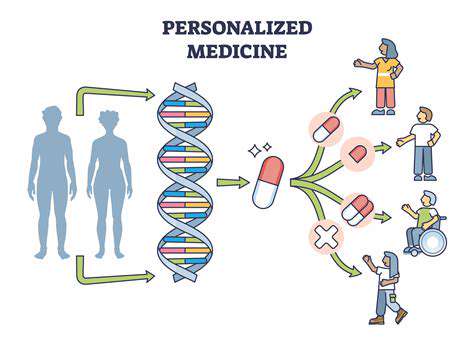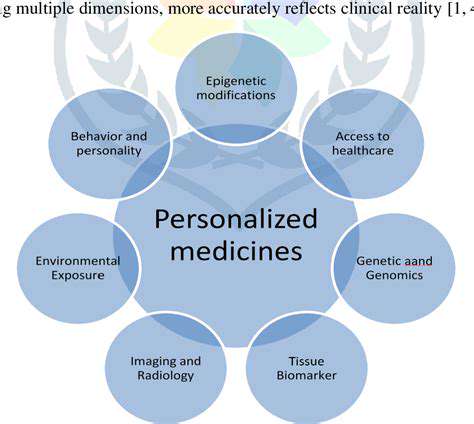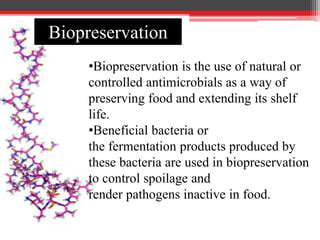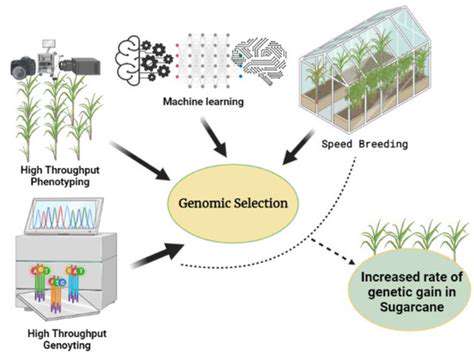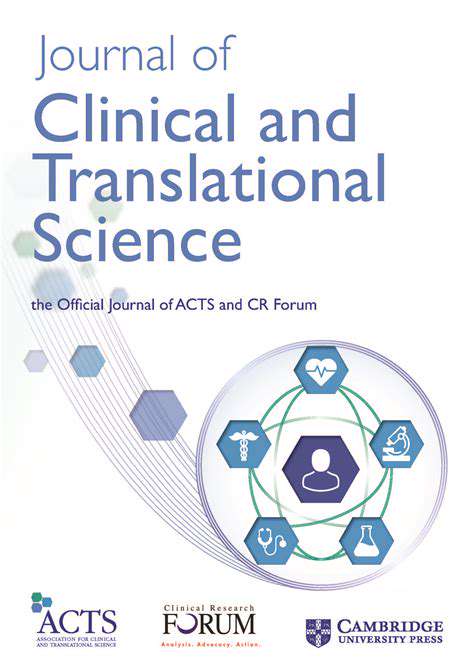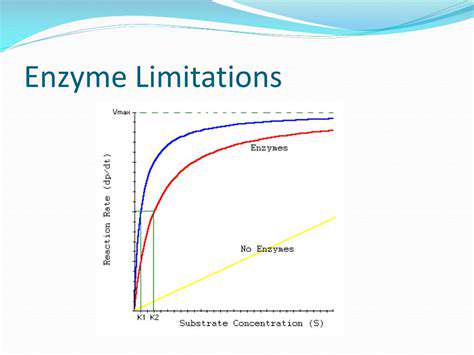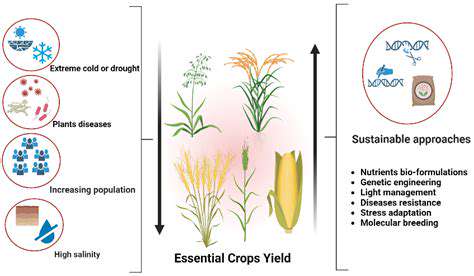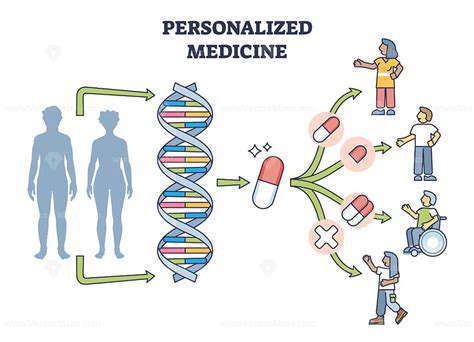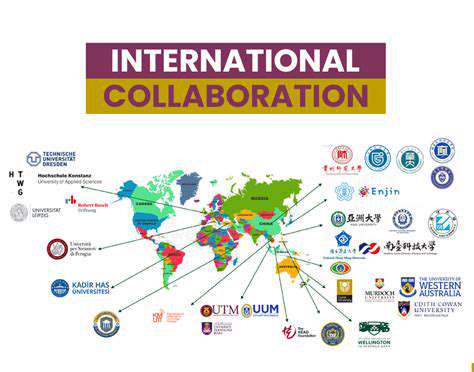Understanding Gene Therapy
Gene therapy, a revolutionary approach within biotechnology, involves altering a person's genes to treat or prevent diseases. This intricate process aims to correct faulty genetic instructions that cause various ailments, from inherited disorders like cystic fibrosis to acquired diseases like cancer. The fundamental concept rests on identifying the specific gene responsible for the disease and introducing a functional copy of the gene to replace the defective one, thereby restoring normal cellular function. This field holds immense promise, but also presents significant challenges in terms of precision and safety.
Early gene therapy trials focused primarily on viral vectors to deliver the therapeutic genes. These vectors, naturally designed to insert genetic material into cells, were adapted for this purpose. However, the inherent risks associated with viral vectors, including the potential for immune responses and insertional mutagenesis, prompted researchers to explore alternative approaches. These advancements in gene editing technology, such as CRISPR-Cas9, have led to more precise and controllable methods for gene modification.
Types of Gene Therapy Approaches
Gene therapy encompasses various approaches, each tailored to the specific disease being treated. One common method involves introducing a functional gene into cells to replace a defective one. Another strategy focuses on inhibiting the expression of a problematic gene. Moreover, gene therapy can target the mechanisms that regulate gene expression, influencing the production of proteins crucial for disease development.
These methods are increasingly sophisticated, and research continually explores new possibilities. For example, techniques involving gene silencing and the use of non-viral vectors are actively being investigated to enhance safety and efficiency.
Challenges and Safety Concerns
Despite the potential benefits, gene therapy faces substantial challenges. One major hurdle is ensuring the safety and efficacy of the delivery method. Viral vectors, while capable of delivering genes, can trigger immune responses and potentially cause insertional mutagenesis, where the inserted gene disrupts another gene's function. Furthermore, ensuring that the therapeutic gene is delivered precisely to the target cells and only to the affected cells is a critical concern.
Off-target effects, where the gene editing process inadvertently alters unintended sections of the genome, also pose a significant safety risk. These potential complications necessitate rigorous testing and careful monitoring during clinical trials to mitigate these risks and ensure patient safety. Ethical considerations surrounding gene editing also warrant attention, particularly when considering the potential for germline modifications.
Gene Editing Technologies: A Revolution in Precision
The development of gene editing technologies, particularly CRISPR-Cas9, has revolutionized the field of gene therapy. CRISPR allows for precise targeting and modification of specific DNA sequences, offering unprecedented control over gene editing. This technology offers a highly targeted approach, enabling researchers to correct mutations and potentially cure a wide range of genetic diseases.
The potential of CRISPR extends beyond correcting genetic defects; it also allows for the study of gene function and development of novel therapeutic strategies. The remarkable precision of CRISPR-Cas9 has significantly accelerated research and clinical trials, offering hope for the future of gene therapy.
Ethical Considerations in Gene Therapy
The ability to alter the human genome raises significant ethical concerns. Considerations about the potential for misuse, particularly regarding germline modifications, must be carefully addressed. Discussions around ethical guidelines and regulations are crucial to ensure responsible development and application of gene therapy technologies.
Concerns about equitable access to these potentially life-altering treatments, particularly in the context of socioeconomic disparities, also need to be considered. Open dialogue and transparent discussions involving scientists, ethicists, policymakers, and the public are essential to navigate these complex ethical landscapes.
Applications in Regenerative Medicine
Gene therapy holds immense promise in the field of regenerative medicine. By correcting genetic defects, gene therapy can potentially promote the regeneration of damaged tissues and organs. This capability is particularly relevant in treating conditions like spinal cord injuries and heart disease, where tissue regeneration is crucial for recovery.
Gene therapy can also be used to modify stem cells, enabling them to differentiate into specific cell types needed for tissue repair. This approach is paving the way for innovative therapies in regenerative medicine, offering a potential pathway for treating a wide range of debilitating conditions.
The Future of Gene Therapy
The future of gene therapy appears bright, with ongoing research continually refining techniques and expanding applications. Further advancements in delivery methods, gene editing technologies, and our understanding of gene function will likely lead to more effective and safer treatments. Clinical trials are exploring new frontiers in gene therapy, targeting previously intractable diseases.
The potential of gene therapy extends beyond treating diseases; it also holds the possibility of enhancing human health in various ways. Continued investment in research and development, coupled with careful ethical considerations, is crucial for realizing the full potential of this transformative technology and improving the lives of countless individuals.
Fuel cell technology is crucial to the advancement of hydrogen-powered aircraft. These electrochemical devices convert hydrogen and oxygen directly into electricity, eliminating the need for combustion and producing only water vapor as a byproduct. Significant advancements in fuel cell design, particularly in materials science and catalyst development, are paving the way for higher efficiency, longer lifespans, and improved performance under various operating conditions. This translates directly to more sustainable and powerful aircraft propulsion systems.
Tissue Engineering: Building the Body from the Ground Up
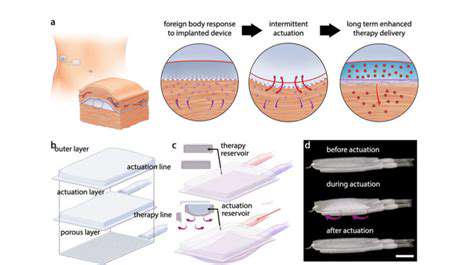
Harnessing the Power of Biomaterials
Tissue engineering, a rapidly evolving field, leverages a combination of biological and engineering principles to repair or regenerate damaged tissues and organs. A crucial component of this process involves the careful selection and manipulation of biomaterials. These materials, often derived from natural sources like collagen or synthetic polymers, provide a scaffold upon which cells can grow and differentiate into functional tissue. The precise design and composition of these biomaterials significantly influence the outcome of tissue regeneration. Advanced techniques, such as 3D bioprinting, allow for the creation of highly intricate and customized scaffolds that mimic the native microenvironment of the target tissue, thereby promoting optimal cell behavior.
Biomaterials play a critical role in supporting cell attachment, proliferation, and differentiation. The surface properties of these materials, including their topography and chemical composition, can be tailored to encourage specific cellular responses. By manipulating these factors, tissue engineers can guide the cells towards forming the desired tissue structure and function. Furthermore, biomaterials can be engineered to release growth factors or other bioactive molecules, thereby further stimulating tissue regeneration and minimizing the need for external interventions.
Cultivating Cellular Communities
A successful tissue engineering strategy hinges on the ability to cultivate functional cells capable of forming complex tissues. This involves understanding the intricate interplay between cells and their microenvironment, encompassing both physical and chemical cues. The provision of a suitable environment is crucial for guiding cell behavior and promoting tissue regeneration.
Techniques like cell seeding, differentiation induction, and cell-cell communication modulation are essential for generating a functional tissue construct. Scientists are continually exploring novel approaches to optimize cell culture conditions, ensuring that cells maintain their viability and differentiation potential throughout the process. Crucially, understanding cellular signaling pathways and responses to various stimuli is vital for manipulating cell behavior and promoting tissue regeneration. This knowledge is instrumental in developing precise strategies for directing cell growth and differentiation.
Maintaining a controlled and supportive microenvironment is a significant aspect of cultivating cellular communities within tissue engineering constructs. This involves carefully regulating factors such as oxygen levels, nutrient availability, and mechanical forces. These factors play a vital role in influencing cell fate and function, and thus, are essential for the success of tissue regeneration strategies.
By precisely controlling these variables, researchers can generate and maintain healthy cellular populations that are capable of forming highly functional tissues.
